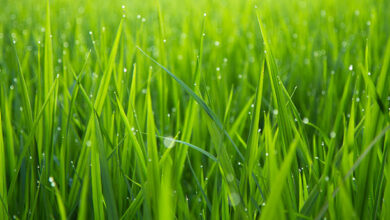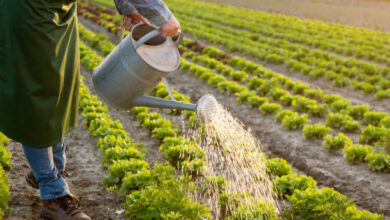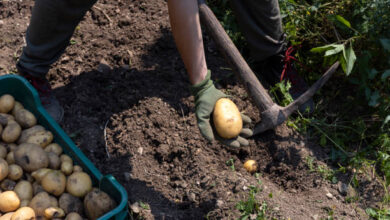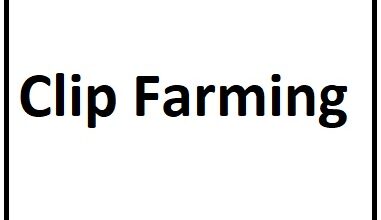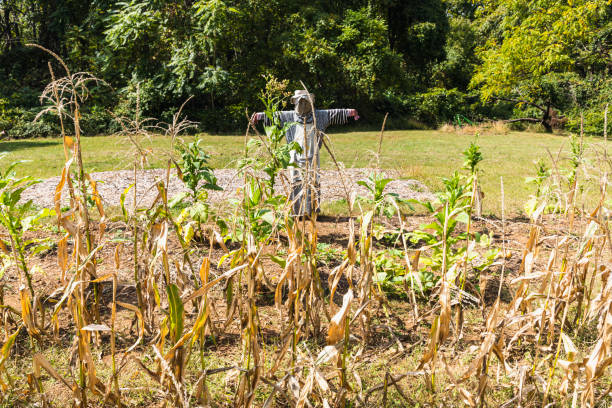
Virginia Growing Zone: A Comprehensive Guide for Gardeners
Gardening in Virginia can be a rewarding experience, thanks to its diverse climate and growing zones. To make the most of your gardening efforts, it’s crucial to understand Virginia’s growing zones and how they affect your plant choices and gardening practices. This guide will walk you through everything you need to know about Virginia growing zones, including climate characteristics, suitable plants, and essential gardening tips.
What is a Growing Zone and Why is it Important?
Definition of Growing Zones: Growing zones, also known as hardiness zones, are geographic areas defined by their climate and weather conditions, particularly temperature extremes. The USDA Plant Hardiness Zone Map is commonly used to determine which plants are most likely to thrive in specific regions based on average annual minimum temperatures.
Importance for Gardeners: Knowing your growing zone helps you select plants that can withstand local climate conditions, leading to healthier plants and more successful gardening. Understanding your zone also informs planting times, care practices, and seasonal maintenance.
Exploring the Different Growing Zones in Virginia
USDA Hardiness Zones in Virginia: Virginia’s diverse geography means it spans several USDA hardiness zones, from Zone 5b to Zone 8a. Here’s a breakdown of these zones and their characteristics:
– Zone 5b: Located in the northern parts of Virginia, Zone 5b experiences colder winters with average minimum temperatures ranging from -10°F to -15°F (-23°C to -26°C). Plants suited for this zone include cold-hardy perennials like coneflowers and daylilies, as well as shrubs such as viburnum and yews.
– Zone 6a and 6b: Covering a large portion of Virginia, Zones 6a and 6b experience moderately cold winters with average minimum temperatures between -10°F and -5°F (-23°C to -21°C). Suitable plants for these zones include vegetables like lettuce and spinach, as well as flowering plants like black-eyed Susans and coreopsis.
– Zone 7a and 7b: These zones, found in central and southern Virginia, have milder winters with temperatures ranging from 0°F to 10°F (-18°C to -12°C). In these zones, you can grow a wide variety of plants, including herbs like rosemary and thyme, and flowering plants like roses and azaleas.
– Zone 8a: Found in the southeastern parts of Virginia, Zone 8a enjoys the warmest winters with temperatures ranging from 10°F to 20°F (-12°C to -7°C). This zone is ideal for growing tropical plants such as hibiscus and gardenias, as well as heat-tolerant vegetables like peppers and eggplants.
Regional Variations: Virginia’s climate can vary significantly from the coastal areas to the mountains. Coastal regions experience more temperate conditions with higher humidity, while mountainous areas have cooler temperatures and more precipitation. Understanding these regional differences can help you choose the right plants and adapt your gardening practices accordingly.
Choosing the Right Plants for Your Virginia Growing Zone
Zone 5b:
– Cold-Hardy Perennials: Coneflowers, daylilies, and hostas are well-suited for colder climates.
– Shrubs: Viburnum, yews, and junipers provide structure and color throughout the year.
Zone 6a and 6b:
– Vegetables: Lettuce, spinach, and kale thrive in moderate winter temperatures.
– Flowers: Black-eyed Susans, coreopsis, and lavender add vibrant color to your garden.
Zone 7a and 7b:
– Herbs: Rosemary, thyme, and sage grow well in milder winters.
– Flowering Plants: Roses, azaleas, and peonies bring beauty and fragrance to your garden.
Zone 8a:
– Tropical Plants: Hibiscus, gardenias, and elephant ears flourish in warmer temperatures.
– Heat-Tolerant Vegetables: Peppers, eggplants, and tomatoes are perfect for the warmer climate.
YOU MAY LOVE TO READ
The Japanese Blueberry Tree: A Stunning Addition to Your Garden
What Planting Zone is Missouri? Your Guide to Gardening Success
What Climate Zone is Missouri In? A Comprehensive Guide
Adapting Your Gardening Practices to Virginia’s Growing Zones
Spring and Summer Gardening:
– Planting: Choose plants suited to your zone’s climate and follow recommended planting times for optimal growth.
– Maintenance: Regularly water and fertilize your garden according to the needs of your plants and the season.
Fall and Winter Gardening:
– Extending the Season: Use row covers or cold frames to protect tender plants and extend the growing season.
– Winter Preparation: Mulch around plants to insulate roots and prevent frost damage. Prepare your garden for the next growing season by clearing debris and testing soil.
Seasonal Planting Calendar:
– Spring: Start planting cool-season crops and perennials. Time planting based on your zone’s last frost date.
– Summer: Focus on maintaining established plants and starting warm-season crops.
– Fall: Plant overwintering crops and prepare your garden for winter.
– Winter: Plan for the upcoming season and take care of dormant plants.
Maximizing Your Garden’s Potential
Soil Preparation: Test your soil to determine its pH and nutrient levels. Amend the soil with organic matter such as compost to improve fertility and drainage.
Watering Practices: Implement efficient watering techniques such as drip irrigation or soaker hoses to conserve water and ensure even moisture distribution.
Pest and Disease Management: Monitor your plants for common pests and diseases. Use organic methods like beneficial insects or neem oil to manage issues and maintain plant health.
Fertilization and Mulching: Apply organic fertilizers to provide essential nutrients and use mulch to retain soil moisture, suppress weeds, and regulate soil temperature.
Conclusion
Understanding Virginia’s growing zones is essential for successful gardening. By selecting the right plants and adapting your gardening practices to your specific zone, you can create a thriving garden that flourishes throughout the year. Start planning your garden with these insights and enjoy the rewards of gardening in Virginia.

